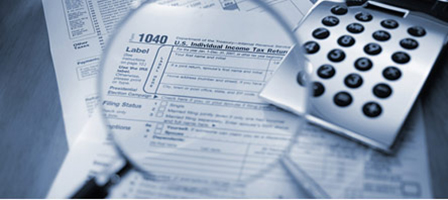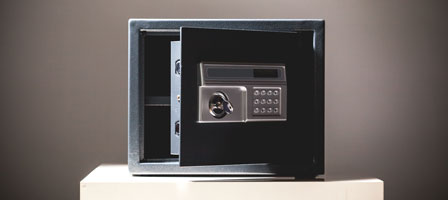MAXIMIZE YOUR CHARITABLE DEDUCTIONS
As the end of the year approaches, there are still things you can do to increase and properly document your charitable contributions for 2011. Here is a brief rundown:
Non-cash contributions – If you have used clothing or household goods that are in good or better condition that you don’t use any longer, contribute them to a charity thrift shop before the end of the year. Don’t forget: a receipt from the charity is required to document the gift. If the gift’s fair market value (FMV) is more than $500, you will also need an itemized list of the items contributed, how and when each was acquired, and the cost. If the FMV of what you’ve donated is greater than $5,000, or you contributed a vehicle, call this office for additional documentation requirements. A receipt from the charity is not required if the gift’s value is less than $250 and the donation was made at an unattended drop site. However, you will need to document the donation yourself.
Cash Donations – All cash donations must be documented either by a receipt from the charity or by a bank record such as a check, bank statement, or credit card payment. You can no longer claim contributions of cash dropped into the offering plate or Christmas kettle. So, be wise and drop a check instead. If you regularly tithe at a house of worship, you might consider pre-paying your 2012 tithing and moving the deduction into 2011. In doing so, some taxpayers that marginally itemize may be able to itemize every other year and take the standard deduction in alternate years.
Charity Volunteer Expenses – If you volunteer your time for a charity, you may qualify for some tax breaks. Although no tax deduction is allowed for the value of services performed for a charity, there are deductions permitted for out-of-pocket costs incurred while performing the services. Possible expenses might include:
- Away-from-home travel expenses while performing services for a charity, plus lodging and meals at 100 percent, provided there is no significant element of personal pleasure associated with the trip.
- Use of your personal vehicle while performing services for the charity, generally at 14 cents per mile. Be sure to keep a written record of the name of the charity, the date the vehicle was used for charitable purposes, and the number of miles driven.
- Upkeep and cost of uniforms that aren’t suitable for everyday use and if worn while performing the charitable service.
No charitable deduction is allowed unless the contribution is substantiated with a written acknowledgment from the charitable organization. The documentation must specify the need for your services and include an acknowledgement by the charity that the expenses claimed were required; be sure to maintain the receipts for the expenses.
Vehicle Donations – Generally, the deduction for used cars, boats, planes, etc. is limited to $500. More than $500 can be claimed based upon the charity’s use of the vehicle or the actual amount the charity received from the sale of the vehicle. You will need Form 1098-C from the organization to claim the deduction and attach it to your return. Call for further details related to claiming more than $500.
Timing of Acknowledgments – Whenever you are required to have an acknowledgment from a charity for donations you’ve made, you must have that letter or statement in your hands by the earlier of the date you file the return for the year of the donation or the extended due date of that return.
If you have additional questions or would like to determine how a specific donation will impact your tax return, please give this office a call.








Leave a Reply
Want to join the discussion?Feel free to contribute!